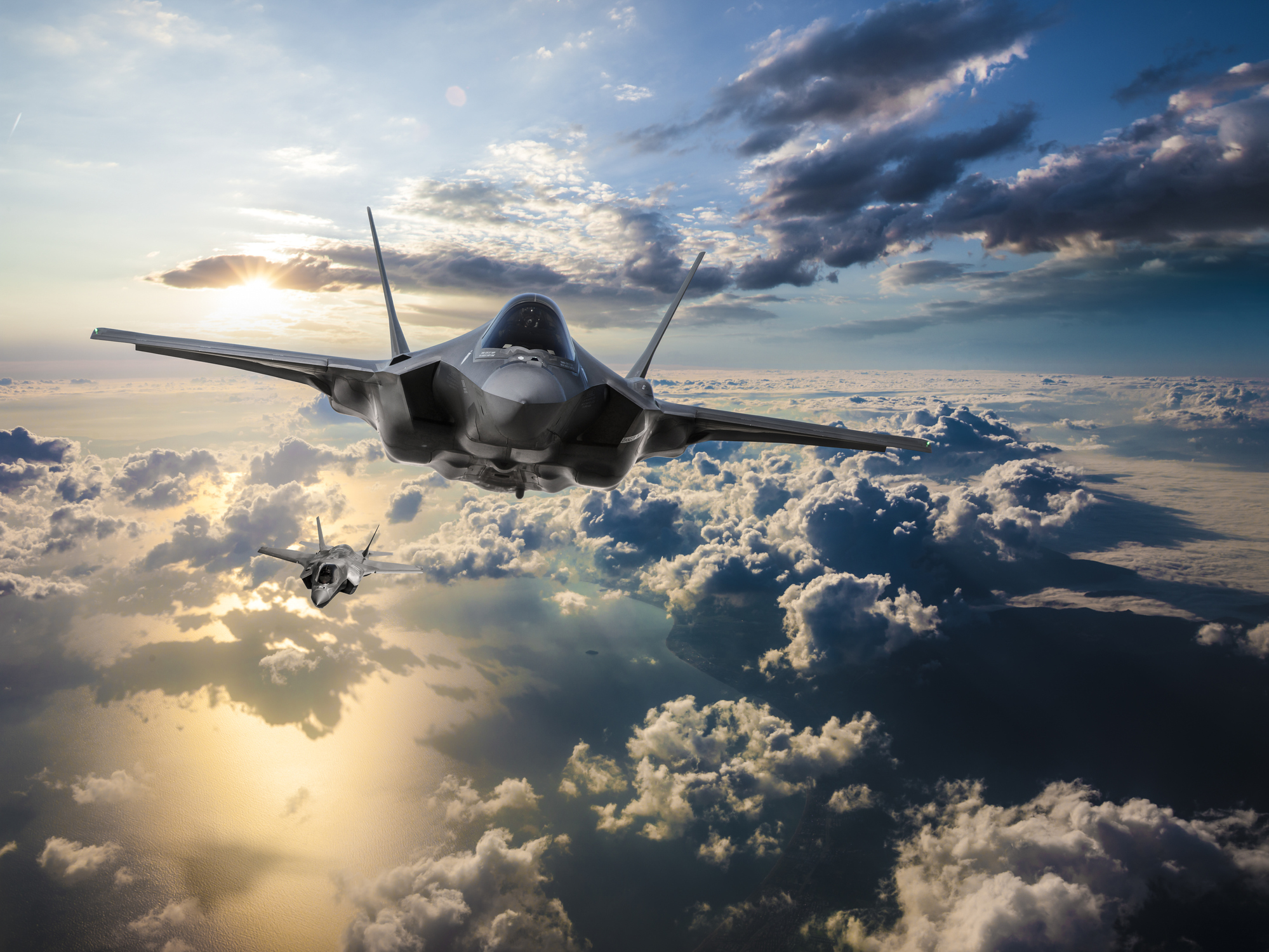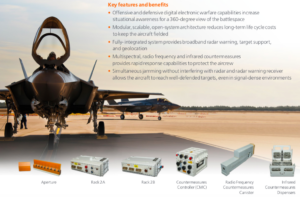
BAE has dropped the cost for its F-35 radar. (File)
WASHINGTON: BAE Systems has nabbed a $93 million, five-year contract from F-35 prime contractor Lockheed Martin to provide sustainment support for the AN/ASQ-239 electronic warfare (EW) countermeasure system.
Under the contract, BAE Systems will provide “software maintenance, depot test equipment support, logistics analysis, obsolescence monitoring, technical field support, and ‘reachback’ support for the F-35 U.S. Reprogramming Laboratory,” according to a company press release today
Meanwhile, BAE has managed to cut the cost per flying hour of its EW system on the Joint Strike Fighter by more than 50 percent, Jerry Wohletz, vice president of Electronic Combat Solutions, told a small group of reporters yesterday during the annual Navy League Sea Air Space show.
That reduction applies only to the cost of the AN/ASQ-239, not the “total” weapons system, he explained, but still “that’s a substantial savings passed on” to the F-35 Joint Program Office.
Sky-high sustainment costs, of course, are a huge issue for the Air Force, Navy and Marine Corps — not to mention many in Congress — leading the services to consider slowing, if not trimming outright, procurement plans for the jet.
Further, the company over the last four years has bolstered the availability of the EW system to 85 percent — “a significant improvement,” said Betsy Warren, BAE’s director of sustainment for Electronic Combat Solutions.
A key to this, she explained, is BAE’s use of performance-based logistics (PBL) contracts. BAE has a PBL with Lockheed Martin, but also has been working to convince its own suppliers to enter into the same. PBLs are contracts that commit suppliers to delivering the reliability and availability of a system at certain agreed-to levels.

AN/ASQ-239 F-35 EW countermeasure system infographic, BAE Systems
For the Air Force, the F-35’s EW capabilities are a key rationale for the service’s long-term support for the troubled aircraft program. That system includes both passive capabilities to locate enemy emitters (platforms or systems broadcasting radio frequency signals, such as radars), countermeasures, and offensive capabilities such as jamming.
BAE is the largest provider of EW systems to the Defense Department, especially for airborne systems, noted Wohletz with pride. Some 80 percent of the world’s fighter forces carry some type of BAE EW system, he said, including the F-15 — which carries the AN/ALQ-250 Eagle Passive Active Warning Survivability System (EPAWSS).
The contract complements the BAE Systems F-35 performance-based logistics (PBL) program, through which BAE Systems ensures EW material availability. Under the EW PBL, BAE Systems has demonstrated a 60% improvement in supply support, delivering better than 85% EW material availability to the F-35 enterprise with reduced cost per flight hour using a cost-effective, outcome-based support strategy.






















